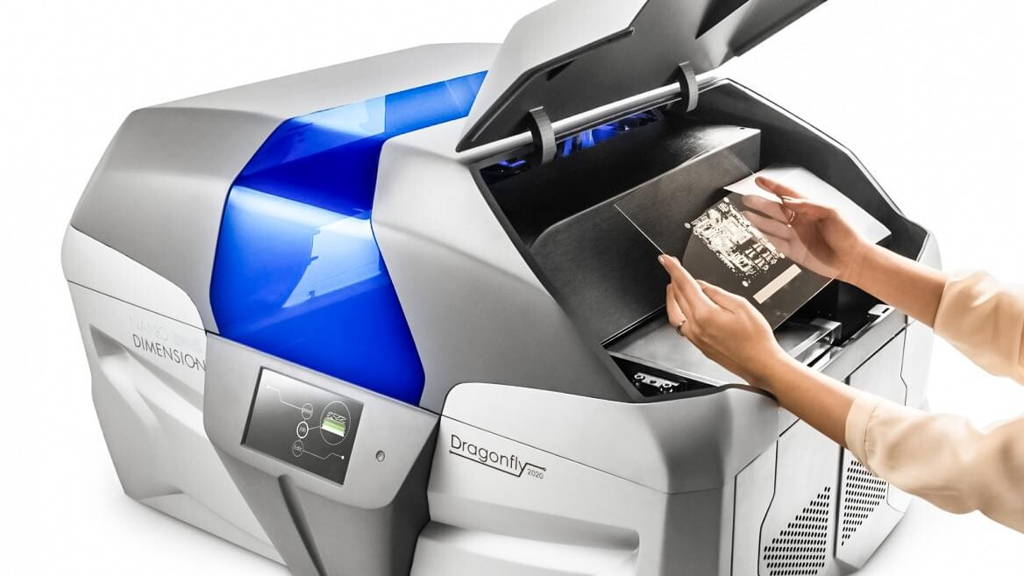Before Nano Dimension worked with Accellta, the printing of even the smallest piece of tissue would take all night. “We’ve now shown that it’s possible in a few seconds”, Dror explains. “That means it will eventually be useable for commercial purposes, like in a hospital during surgery or to teste medicine on live tissue.”
The breakthrough is an accidental one, because normally Nano prints circuit boards for equipment from mobile phones to smart refrigerators. As the name suggests Nano uses nano technology to print the metal part of a circuit board using “ink” in which tiny silver particles are suspended.
“We get a lot of requests to combine out way of printing with other projects, but usually we say no. We did not want to distracted from our core business, maar Accellta’s request was different”, says Dror.
Accellta produces stem cells, but the technique to change cells into tissue needs a printer. And thus they came to Nano. For months they worked together on this difficult project. “We had to make sure the cells weren’t electrified or killed during printing. Eventually we came up with a complete new bio-ink”, says Dror.
Different inks carry different types of cells. A third ink, one without stem cells, solidifies the result. “You don’t want a bunch of ingredients, but a structure that looks like tissue”, says Dror. When the tissue is printed it moves to Accellta for incubation.
When human tissue actually can be printed for use in hospitals is not certain, it takes a lot more research, but according to Dror, Nano is working hard on that, next to the printing of cirquit boards, which they’ll also keep on doing.

